Essex lorry deaths: How are lorries checked for concealed migrants?
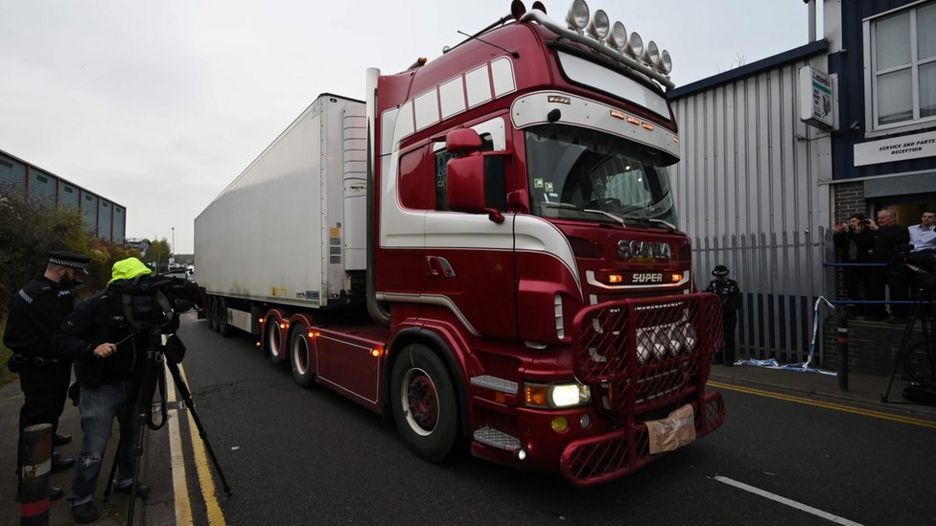
As police continue to investigate the deaths of 39 Chinese nationals found in a lorry container in Essex, questions have been raised about how trailers arrive in the UK and what checks border officials carry out to find concealed people.
What checks are made at ports?
Some 3.6m lorries and containers entered the UK in 2018, using 40 main ports.
The Home Office says they are searched on a “targeted basis” by Border Force staff but would not say how many are checked.
A number of methods are used including carbon dioxide detectors, motion sensors and sniffer dogs.
The government did not explain how lorries are targeted for a search, with a spokeswoman saying it was down to “experienced Border Force staff identifying containers to be searched at port”.
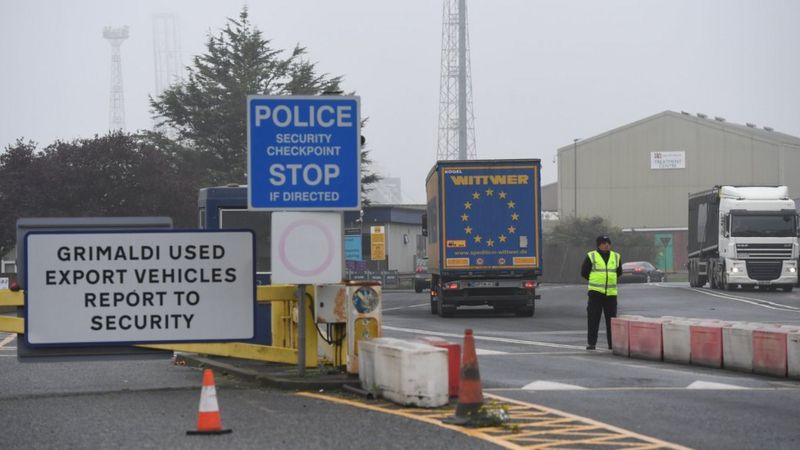
Lucy Moreton from the Immigration Services Union, which represents customs and border staff, said the sheer number of containers coming into the UK every day made it impossible to look inside them all.
“We don’t have the facility to check the vast majority of freight which arrives in the UK,” she said.
And she said it was “certainly the case” that “disconnected freight containers”, of which there are “hundreds of thousands” a day, are less likely to be searched unless there is “intelligence to the contrary”.
A delivery note called a CMR is filled in for each container by the person who has ordered it, although hauliers can fill it it on a customer’s behalf, and a driver should if possible check the load matches the CMR upon collection.
“However,” says Heather Wallace of the Road Haulage Association, “quite often, the driver will not actually be present at loading and is totally reliant on the customer.”
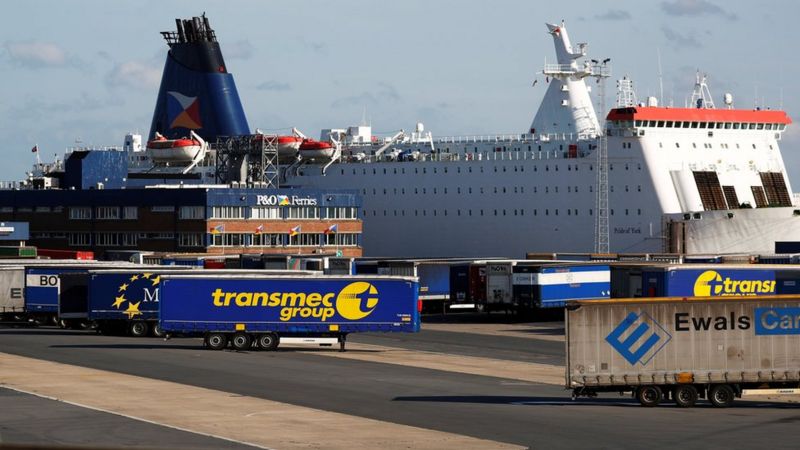
Containers can be accompanied, which means the tractor crosses with the container, or unaccompanied, meaning it is left at a port and loaded by ferry staff with a second driver collecting it at the other end of the crossing.
“It is all down to cost or flexibility and the urgency of the load,” Ms Wallace said.
Accompanied is normally quicker because the truck will get on the next available crossing but unaccompanied can be cheaper because you don’t have to pay to transport the driver, which also frees that driver to complete other jobs.
Who can be prosecuted if immigrants are found on a lorry?
The deliberate smuggling of people is a criminal offence carrying up to 14 years in jail or a £10,000 fine, but lorry drivers who bring people in unwittingly can still face a civil penalty.
Under the Immigration and Asylum Act 1999, the owner of a lorry, hirer or driver can be prosecuted for having a “clandestine entrant” aboard, with fines of up to £2,000 per illegal stowaway.
There is a defence if they can show they did not know or had no “reasonable grounds for suspecting” anyone was aboard, had suitable security to prevent people from getting in the truck or trailer and co-operated with authorities upon discovery.
Border Force has issued a 10-point plan for drivers to follow with advice including:
- Watch the vehicle being loaded
- Lock doors and secure with a padlock
- Check locks, wind deflectors and axles after every stop and at exit and entry ports
How did the lorry carrying the Chinese nationals get into the UK?
The Belgian Federal Public Prosecutor’s Office said the container arrived in Zeebrugge at 14:29 BST on Tuesday and left the port later that afternoon.
Officials are yet to explain where the container was before it arrived at the Belgian port or how it got there.

The ferry docked at Purfleet, which handles about 250,000 containers a year, at about 00:30 on Wednesday, Essex Police said.
The force said the tractor unit (the front part of the lorry) had entered the country via Holyhead – an Irish Sea port in Wales – on Sunday 20 October, having travelled over from Dublin.
The tractor left with the container at 01:05 on Wednesday, about 30 minutes before the emergency services were contacted.
Source: BBC




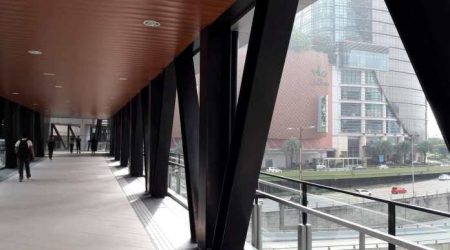
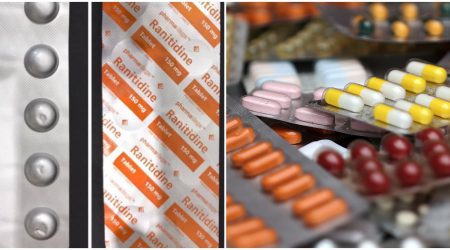


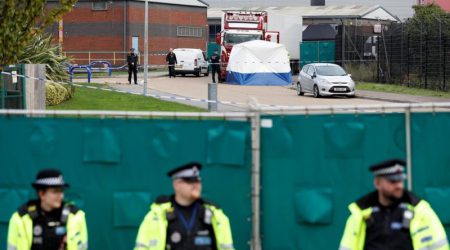



Leave a Reply